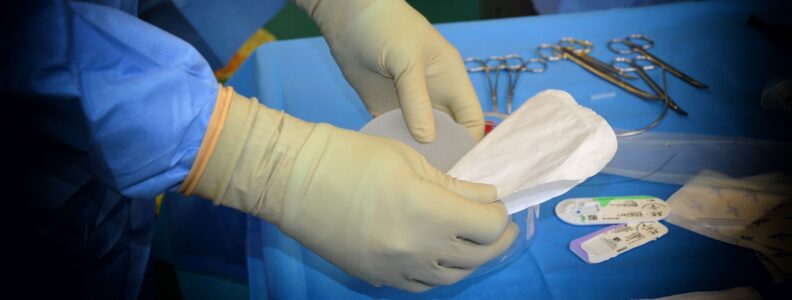Breast reduction surgery is one of the solutions for women who suffer from back, neck, and shoulder pain due to heavy breasts. It is also an option for women who want smaller breasts for aesthetics. Whatever the reason for the surgery, doctors use different techniques to remove excess breast tissues to reduce breast size.
The choice of technique used will depend on the following;
- The breasts’ anatomy
- The breast tissues to be removed
- The individual’s goal and preference
There are three main breast reduction surgery techniques:
Liposuction
Liposuction is the least invasive breast reduction in Singapore. It takes a shorter time than the other methods. It also has a faster recovery rate and is commonly used in cases where the breast comprises fatty tissue.
This breast reduction technique is ideal if you are only interested in making subtle changes to the breast size and if the skin has good elasticity.
Liposuction doesn’t alter the breast’s shape, unlike other breast reduction surgery techniques. The nipple position and sensation will also remain unchanged.
Liposuction is not a solution if you need a breast lift or a significant change in breast size. In these cases, the other breast reconstruction techniques are more suitable.
Vertical Breast Reduction (Lollipop)
Vertical breast reduction surgery, also known as lollipop, is a technique where the breast tissues are removed through two incisions. One incision is on the edge of the areola, and another runs down to the lower end of the breast.
This technique is great because if there is scarring, it will be on the lower side of the breasts, which is less visible. It is also ideal for;
- Women who need moderate breast reduction
- Fat and glandular tissue removal
- Breasts with a slight sag. Since the incision is underneath, the breast can easily be lifted
Inverted T Breast Reduction (Anchor)
This technique has the same incisions in the vertical breast reduction method but also has an incision underneath the breast. The incision running downward underneath the breast intersects with the incision running across the lower part of the breast (inverted T).
The incisions give the surgeon better access to more breast tissues. So, this is the best option if the breast reduction is several cups down. This breast reduction surgery method is more extensive and suitable for people with huge breasts. It is also great for sagging breasts.
Unfortunately, this surgery has a longer recovery period. The scarring is also more extensive compared to the other breast reconstruction techniques.
Who Shouldn’t Get Breast Reduction Surgery
There are few restrictions over who should or shouldn’t get breast reduction surgery. Most doctors will honor the request if one feels breast reduction surgery in Singapore will improve their physical and mental well-being.
However, there are a few limitations. Here are conditions that may keep one from getting a breast reduction.
- Diabetes
- Breast cancer
- Broken and hardened breast skin
- Cellulitis
Obese people and smokers are also ideal candidates for breast reduction surgery because blood flow is usually affected when breast tissue is removed. Wound healing would be more difficult if one gets breast reduction when obese.
Doctors often recommend a patient lose weight before seeking breast reduction surgery. Fortunately, fat loss around the bust will naturally reduce the breast size, so the patient can go for breast reduction or a breast lift when they achieve their desired weight.
Smokers, especially chain smokers, may not control the urge to smoke before and after surgery. Unfortunately, smoking will compromise the healing process and even cause complications, such as loss of breast tissue and low nipple sensitivity.
Doctors recommend avoiding tobacco products at least four to six weeks before surgery and during recovery.
Patients are also warned about expecting perfection. Undoubtedly, breast reduction will improve the appearance of the breasts. However, there may be differences in size and shape. Scarring is also likely and may not be what the patient envisions.
